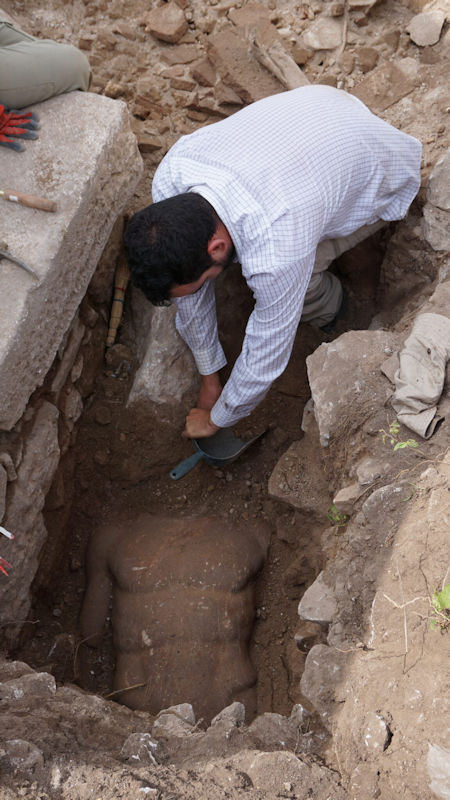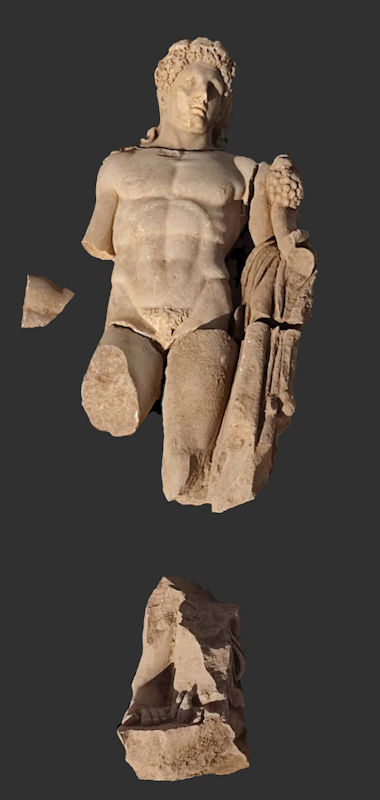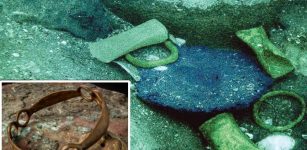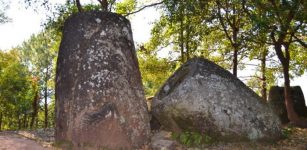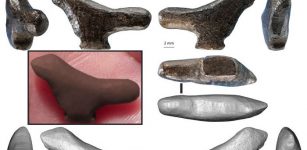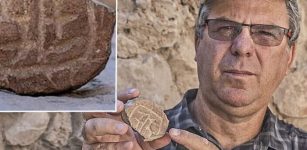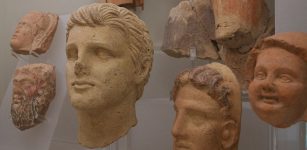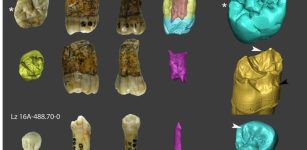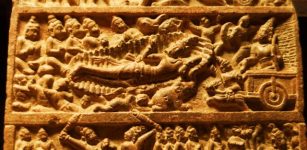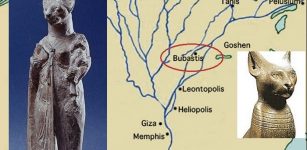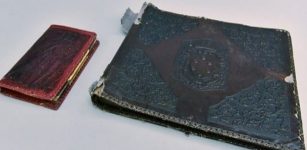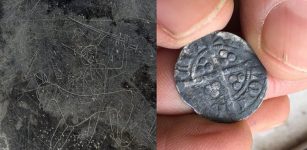Stunning Well-Preserved Larger Than Life Statue Of Hercules Discovered In Philippi, Greece
Jan Bartek - AncientPages.com - An excavation team consisting of students and scientists from the Aristotle University of Thessaloniki (AuTH) has made a stunning discovery in Philippi, a major Greek city northwest of the nearby island, Thasos.
In a press statement issued by the Greek Ministry of Culture and Sports, it was said this year the excavation continued on the eastern side of one of the city's main streets, which at this point meets another main axis that passes further north. The point of convergence of the two streets is formed by a widening (a square) dominated by a richly decorated building, probably a fountain.
Credit: YPPOA
The building had a special architectural decoration, fragments of which were uncovered. Its decoration was completed by an impressive statue from Roman times (2nd century AD). The statue, whose size is larger than life, depicts Hercules with a youthful body.
Credit: YPPOA
Credit: YPPOA
Credit: YPPOA
The club, which has been found in fragments, and the lion hanging from the outstretched left hand attest to the identity of the mythological hero. On the earl's crest, he wears a wreath of vine leaves which is held at the back by a band whose ends end at the shoulders.
The specific statue adorned a building that dates to the 8th/9th century AD, according to the excavation findings.
We know from the sources as well as from the archaeological data that in Constantinople, statues from the classical and Roman periods adorned buildings and public spaces until the late Byzantine period.
See also: More Archaeology News
This find demonstrates how public spaces were decorated in the important cities of the Byzantine Empire, including Philippi.
The excavation will continue next year.
Written by Jan Bartek - AncientPages.com Staff Writer




